Monthly Report Samples
-

Monthly Sales Report
download now -
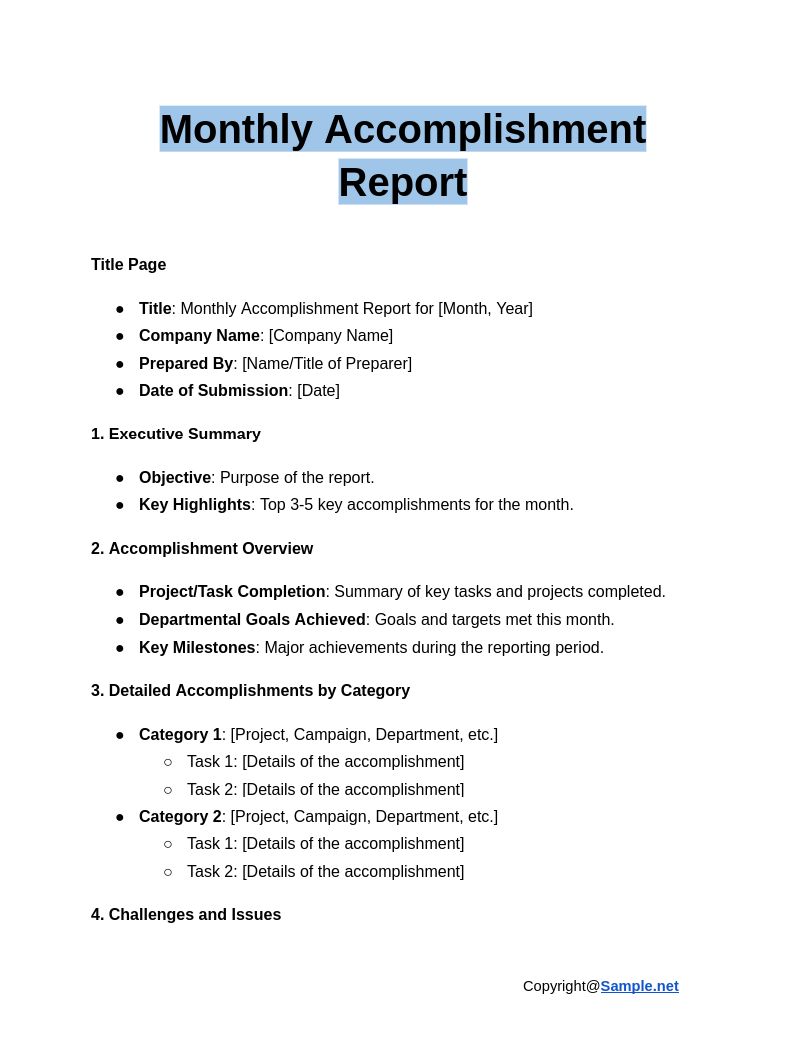
Monthly Accomplishment Report
download now -
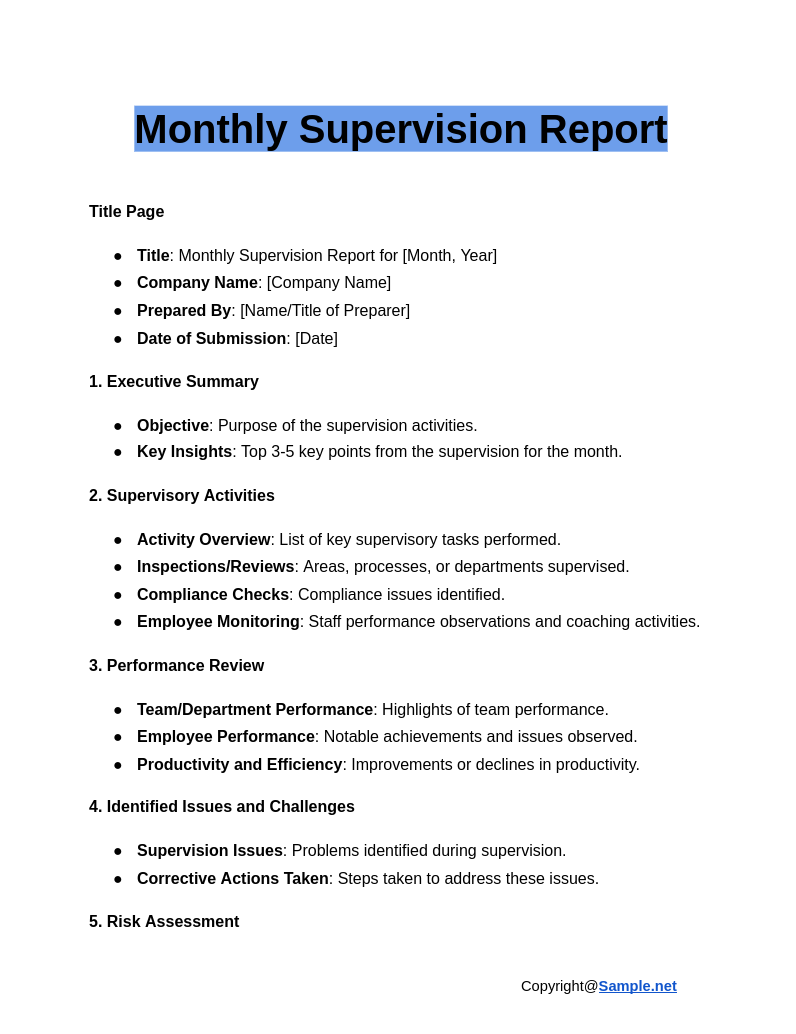
Monthly Supervision Report
download now -
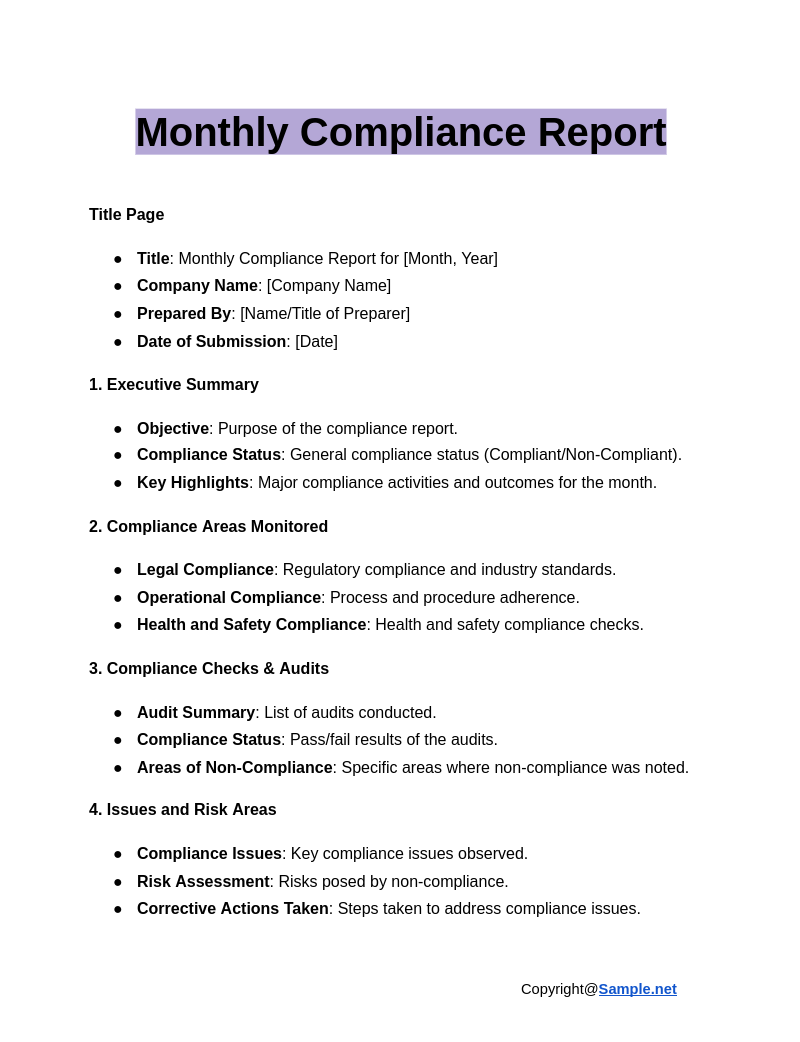
Monthly Compliance Report
download now -
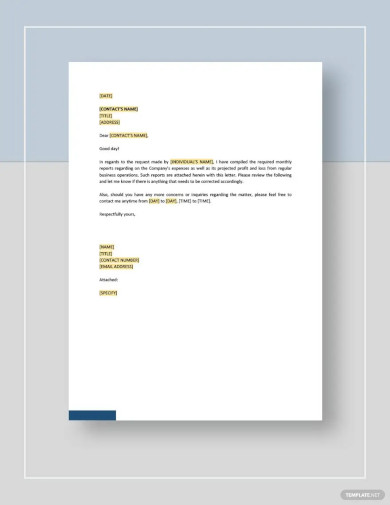
Monthly Report Template
download now -

Asset Management Monthly Report Template
download now -

Simple Monthly Report Template
download now -

Company Monthly Report Template
download now -
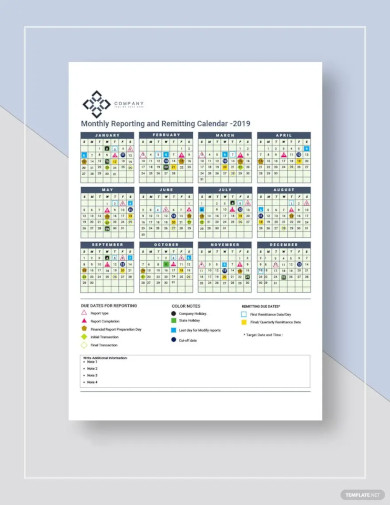
Monthly Reporting/Remitting Calendar Template
download now -
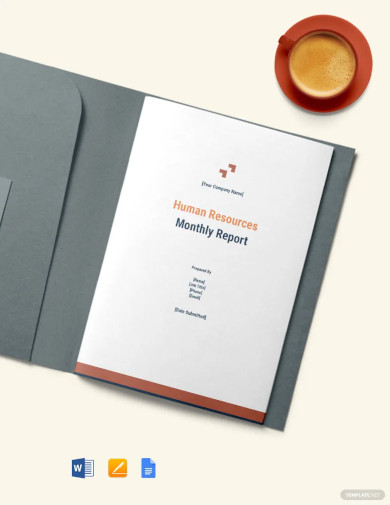
HR Monthly Report Template
download now -

Monthly Construction Progress Report Template
download now -
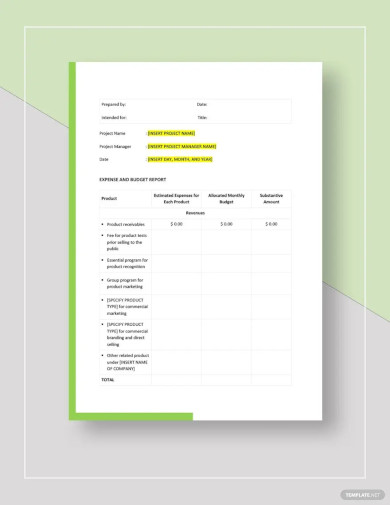
Monthly Product Management Report Template
download now -

Monthly Budget Management Report Template
download now -
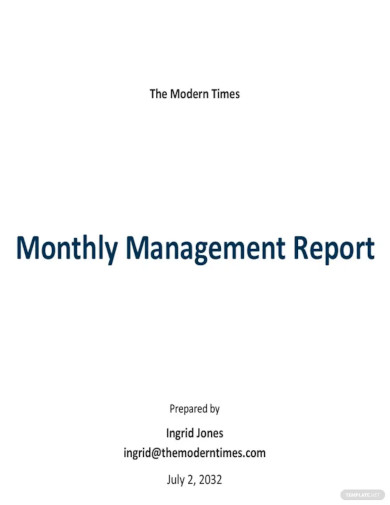
Simple Monthly Management Report Template
download now -
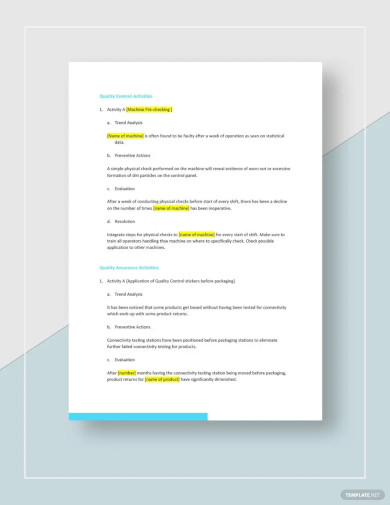
Monthly Quality Management Report Template
download now -
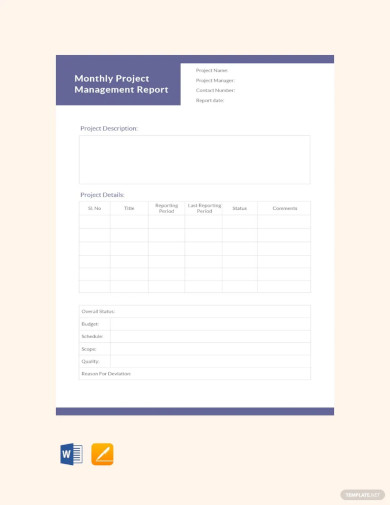
Monthly Project Management Report Template
download now -
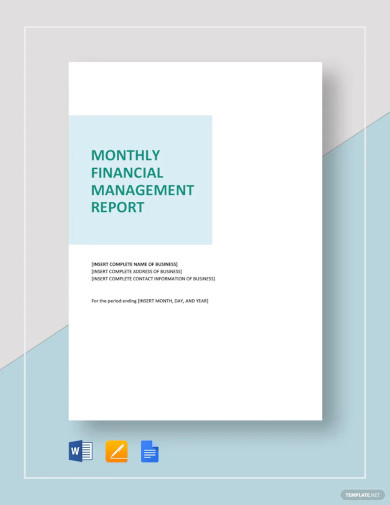
Monthly Financial Management Report Template
download now -

Monthly Business Management Report Template
download now -

Monthly Property Management Report Template
download now -
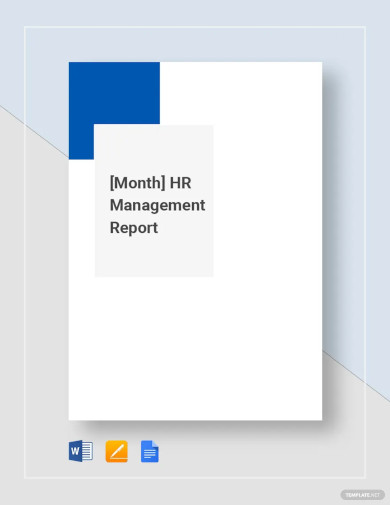
HR Monthly Management Report Template
download now -

Monthly Management Report Template
download now -
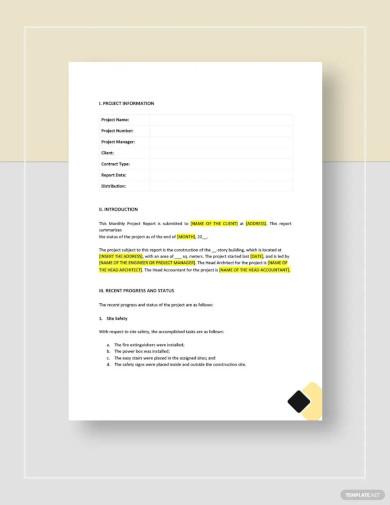
Monthly Project Report Template
download now -
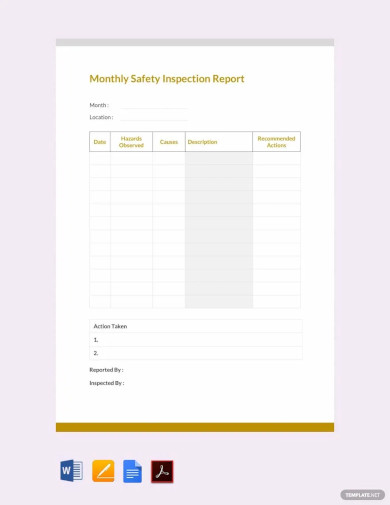
Free Monthly Safety Inspection Report Template
download now -

Advertising Agency Monthly Report Template
download now -
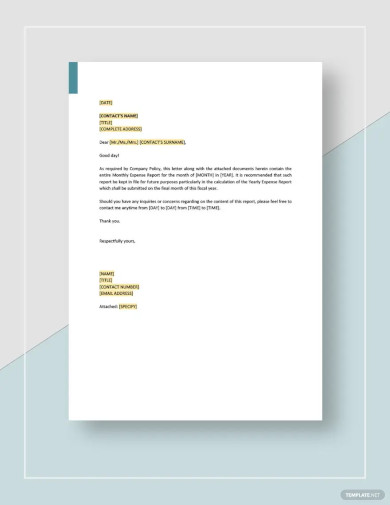
Monthly Expense Report Template
download now -
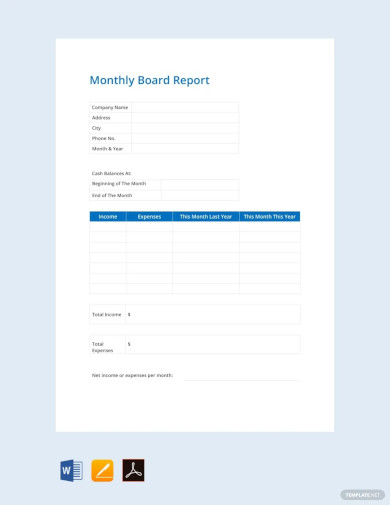
Monthly Board Report Template
download now -

Monthly Research Report Template
download now -

Monthly Narrative Report Template
download now -

Free Monthly Report Template
download now -

Sample Monthly Report
download now -
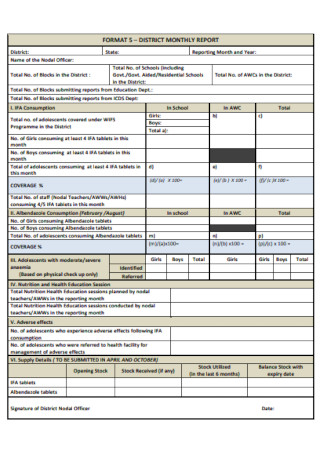
District Monthly Report Format
download now -
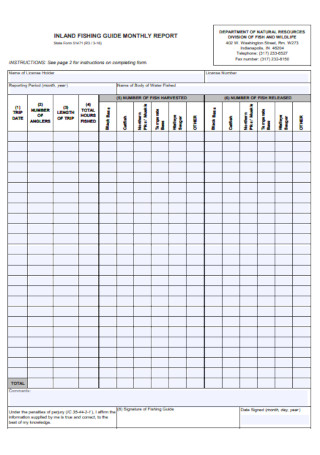
Monthly Report Dashboard
download now -
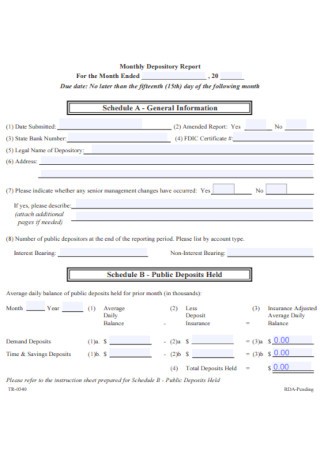
Monthly Construction Report
download now -
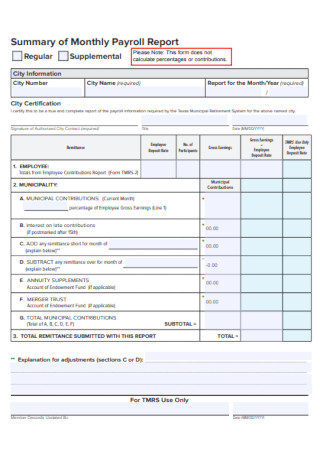
Employee Monthly Payroll Report
download now -
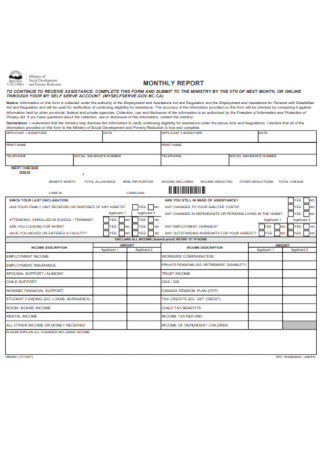
Sample Monthly Performance Report
download now -
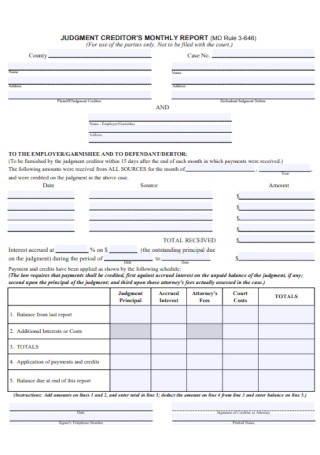
Monthly Social Media Report
download now -
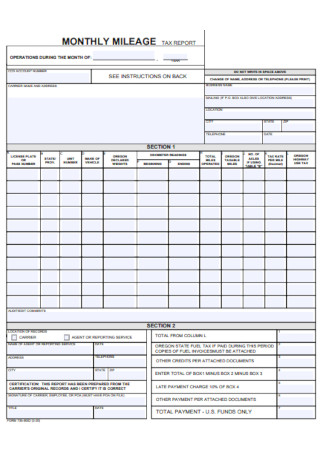
Monthly Mileage Tax Report Department
download now -
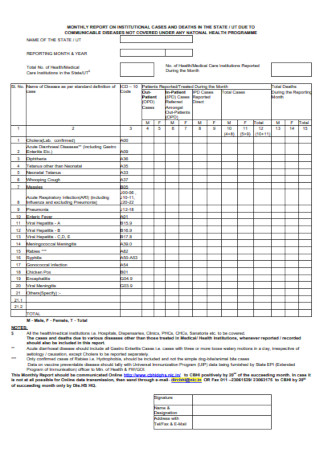
Institutional Monthly Project Management Report
download now -
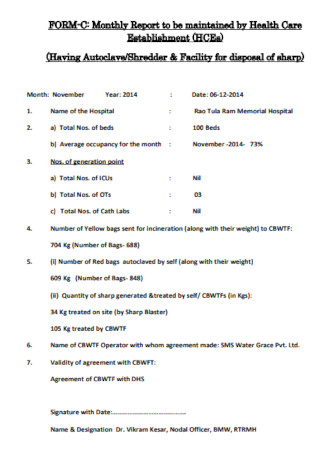
Health Care Monthly Report in PDF
download now -

Monthly Supervisor Financial Report
download now -
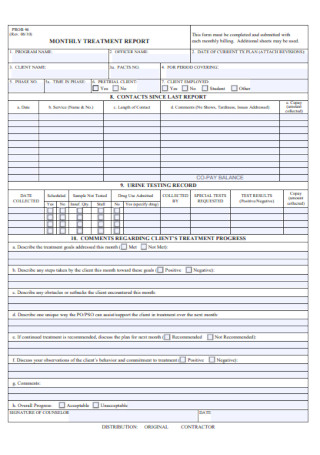
Monthly Hotel Report
download now -
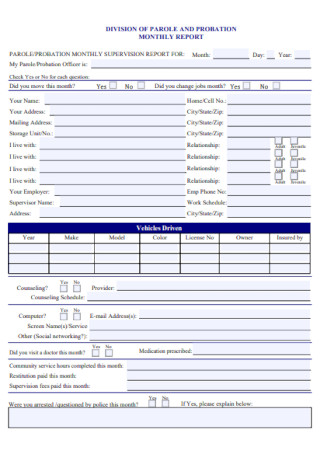
Monthly Attendance Report
download now -
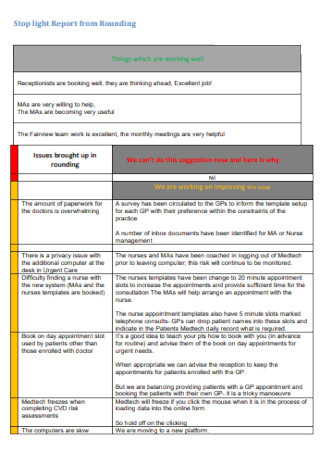
Staff Monthly Report
download now -
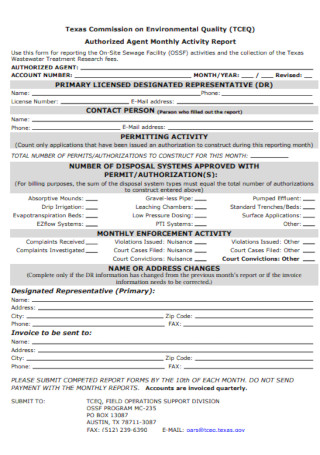
Real Estate Monthly Activity Report
download now -
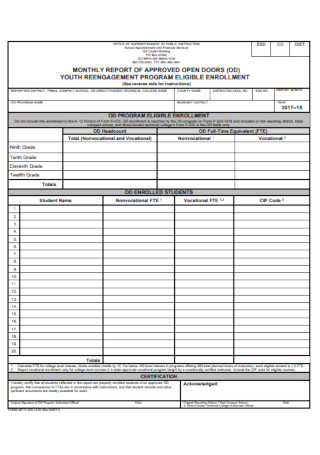
Monthly Design Report
download now -
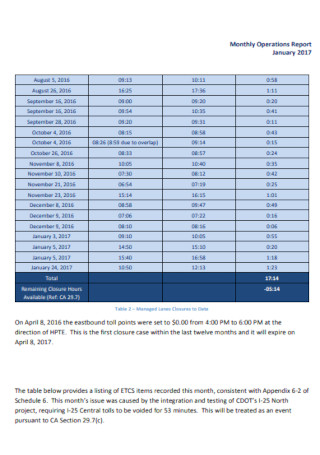
Monthly Marketing Report
download now -
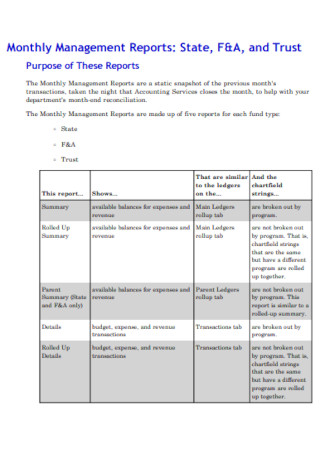
Monthly School Reports
download now -
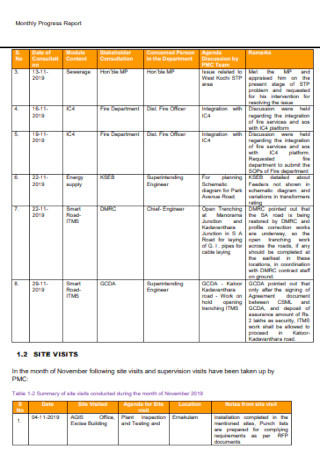
Monthly Progress Report
download now -

Treasurers Monthly Report Form
download now -
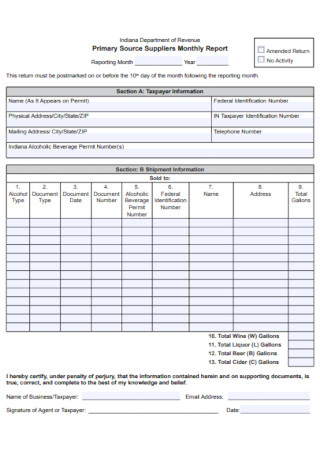
Monthly Work Report
download now -
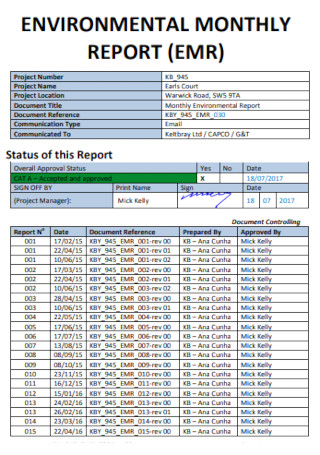
Monthly Email Report
download now -
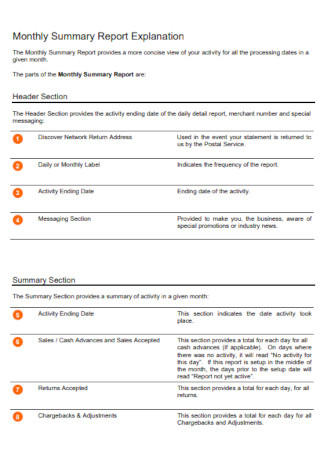
Monthly Summary Report
download now -
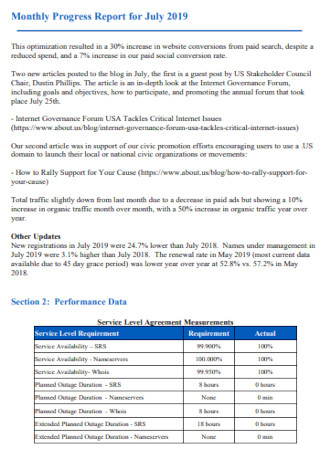
Monthly Progress Report Template
download now -
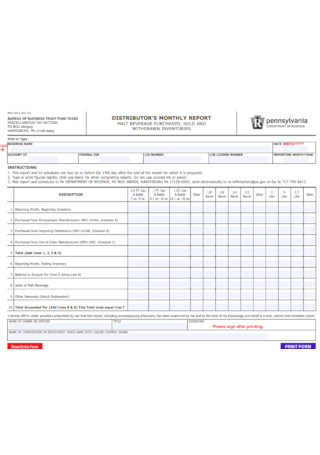
Distributors Monthly Report
download now -

Project Inspector Monthly Report
download now -
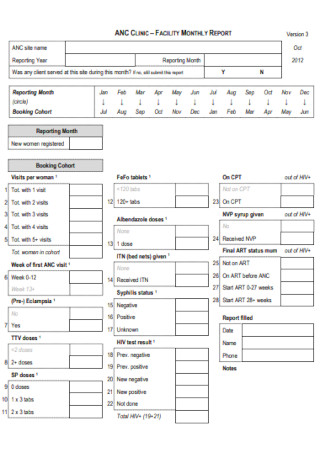
Facility Monthly Report
download now -
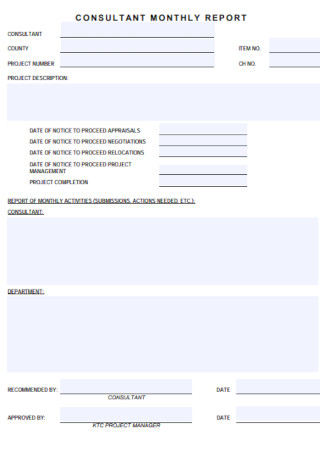
Consultant Monthly Report
download now -
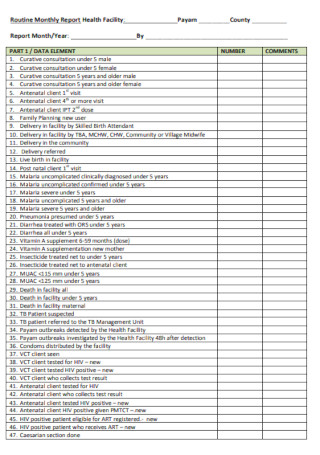
Health Facility Monthly Report
download now -
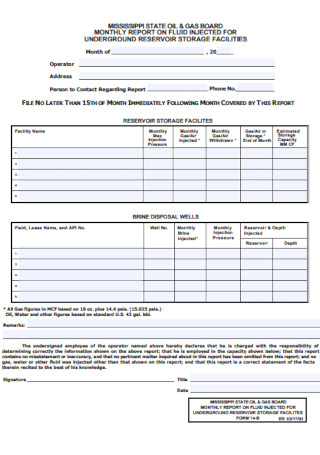
Gas Board Monthly Report
download now -
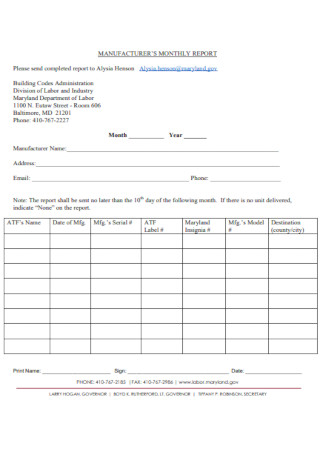
Manufacturers Monthly Report
download now -
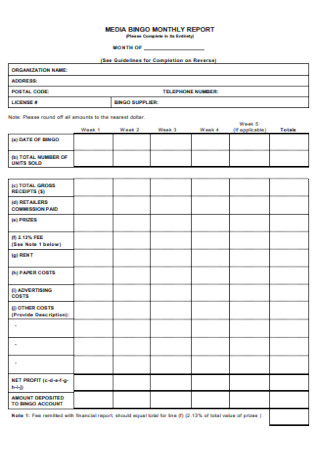
Media Monthly Report
download now -
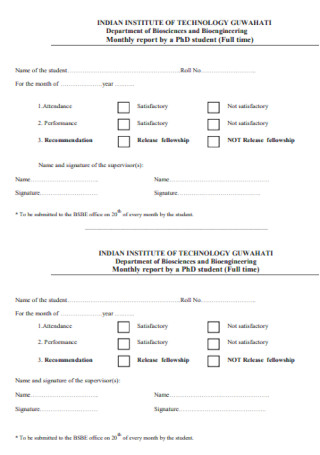
Student Monthly Report Template
download now -
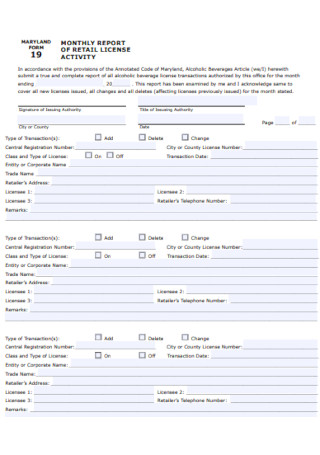
Monthly Report of Retail Licence
download now -
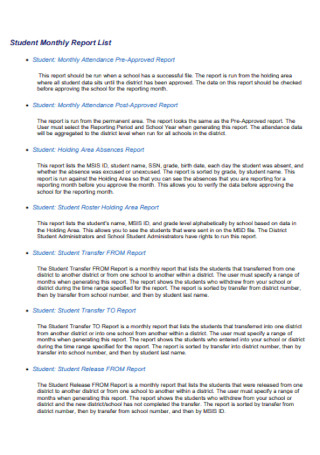
Student Monthly Report List
download now -
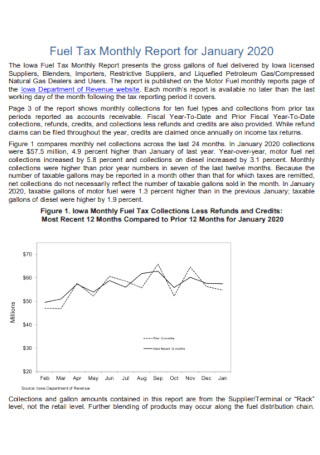
Fuel Tax Monthly Report
download now -
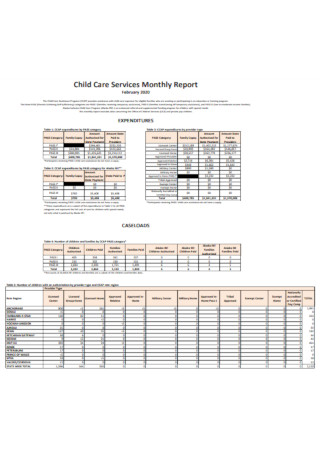
Child Care Services Monthly Report
download now -
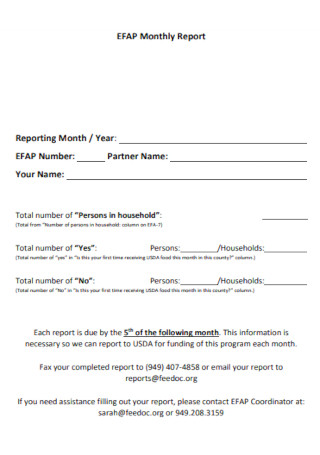
Basic Monthly Report Template
download now -

Wholesale Products Monthly Report
download now -
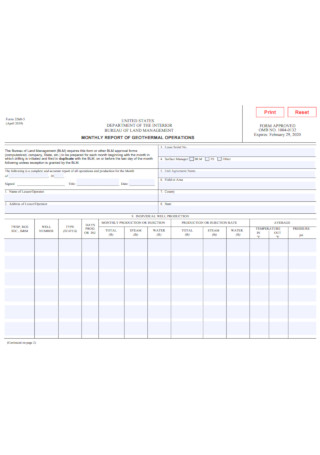
Monthly Report of Geothermal Operations
download now -
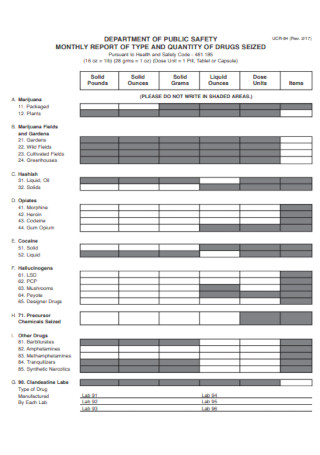
Public Safety Monthly Report
download now -
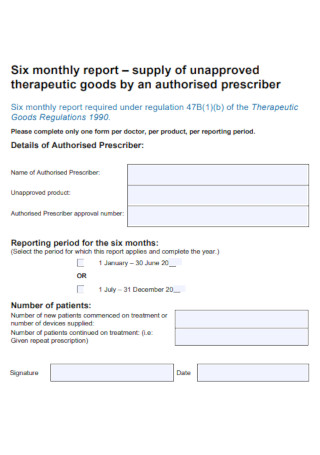
Six Monthly Report
download now -
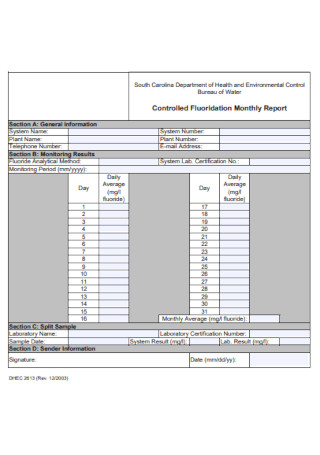
Controlled Fluoridation Monthly Report
download now -
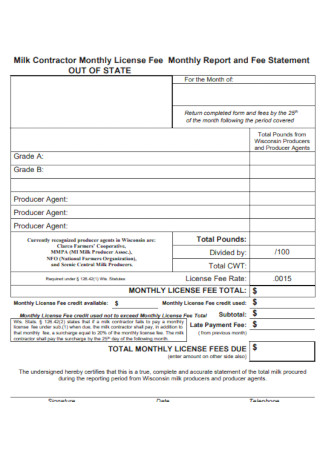
License Fee Monthly Report
download now -
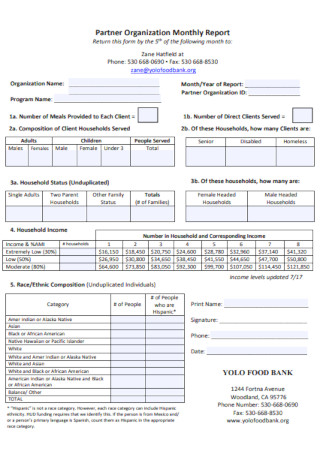
Partner Organization Monthly Report
download now -

Monthly Operating Report
download now -
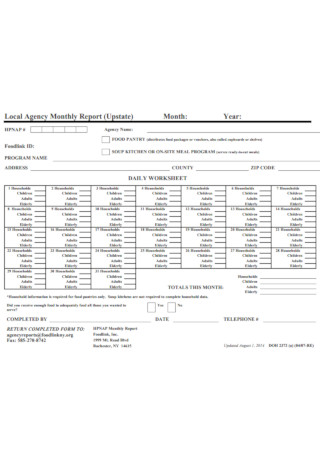
Local Agency Monthly Report
download now -
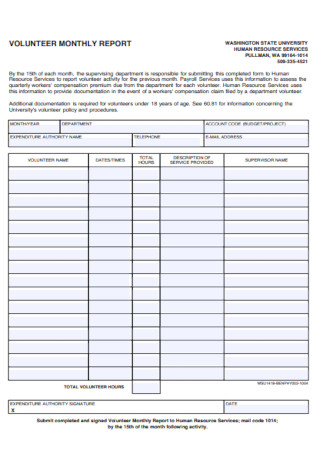
Volunteer Monthly Report
download now -
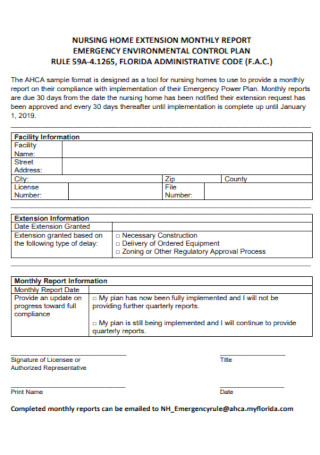
Home Extension Monthly Report
download now -
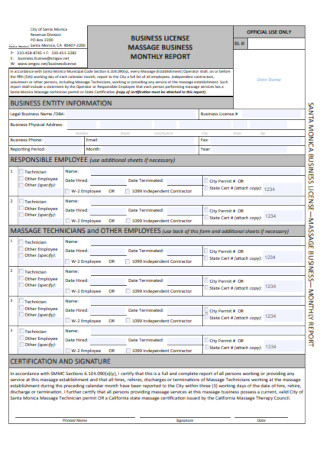
Business Monthly Report
download now -
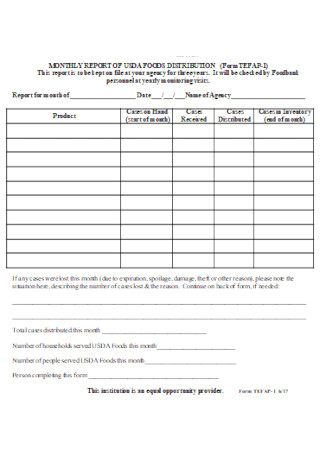
Food Distribution Monthly Report
download now
FREE Monthly Report s to Download
Monthly Report Format
Monthly Report Samples
What is a Monthly Report?
Why Are Monthly Reports Important?
How to Write a Monthly Report
FAQs
How many pages does a monthly report have?
When do you submit monthly reports?
What is a monthly status report?
What are the most common challenges in creating a monthly report?
How do monthly reports contribute to better decision-making?
What should be included in a monthly report?
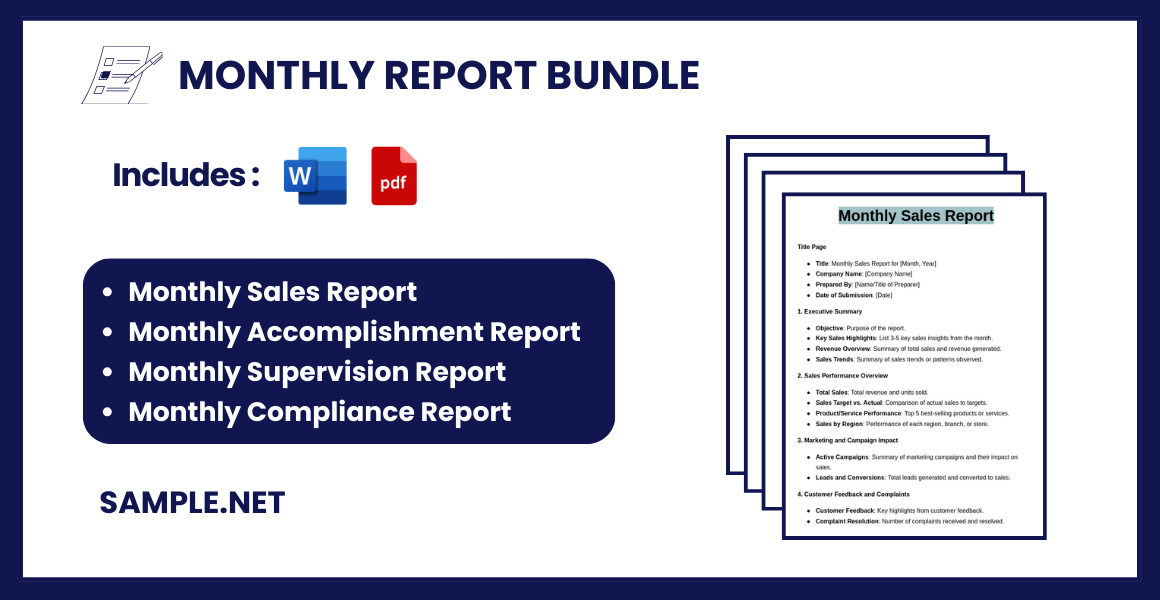
Download Monthly Report Bundle
Monthly Report Format
1. Title Page
- Report Title: “Monthly Report for [Month, Year]”
- Company/Organization Name: [Company Name]
- Department/Team Name: [Department Name]
- Prepared By: [Name/Title of Preparer]
- Date of Submission: [Date]
2. Table of Contents
- List all major sections and page numbers for easy navigation.
3. Executive Summary
- Objective: A brief summary of the purpose of the report.
- Key Highlights: List 3-5 key highlights from the month.
- Challenges & Solutions: Brief mention of key issues and how they were resolved.
- Next Steps: Summary of planned actions for the next month.
4. Departmental Overview
- Team/Department Overview: General performance, goals achieved, and updates.
- Key Milestones: List of major achievements for the month.
- Employee Updates: New hires, resignations, promotions, or other HR updates.
5. Financial Summary
- Revenue: Overview of total revenue generated for the month.
- Expenses: List of key expenses incurred during the month.
- Profit/Loss: Summary of net profit or loss for the month.
- Budget Variance: Explanation of variances between budgeted and actual figures.
6. Sales and Marketing Performance
- Sales Summary: Total sales figures, comparisons with previous months.
- Top Products/Services: List of best-performing products or services.
- Marketing Activities: Key marketing campaigns or promotions run during the month.
- Customer Feedback: Highlights of customer feedback or reviews.
7. Project and Task Updates
- Ongoing Projects: Overview of active projects and their current status.
- Tasks Completed: List of key tasks completed during the month.
- Deadlines Met/Missed: Review of major deadlines and any delays.
- Upcoming Projects: Preview of projects planned for the next month.
8. Operations Report
- Operational Performance: Overview of operational efficiency and production statistics.
- Inventory/Stock Updates: Inventory levels, stockouts, and restocking activities.
- System/Process Improvements: Process changes, technology upgrades, or improvements.
9. Risk Assessment & Mitigation
- Identified Risks: List of key risks identified during the month.
- Mitigation Efforts: Actions taken to address or mitigate these risks.
- Outstanding Issues: Risks or issues that remain unresolved.
10. Challenges & Lessons Learned
- Major Challenges: Key challenges faced during the month.
- Lessons Learned: What was learned from dealing with these challenges.
11. Key Performance Indicators (KPIs)
- List of Measured KPIs: Sales growth, customer satisfaction, production rates, etc.
- Current KPI Values: Actual values for each KPI.
- Target vs. Actual: Comparison of actual performance to targets.
12. Employee Updates
- New Hires: List of employees who joined this month.
- Resignations/Exits: Employees who left.
- Employee Performance: Recognition of top performers, if applicable.
- Training & Development: Training sessions or employee development activities.
13. Next Month’s Focus
- Goals for Next Month: Key objectives to be achieved next month.
- Action Plan: Steps planned for achieving the next month’s goals.
- Upcoming Events/Deadlines: Key meetings, events, or deadlines.
14. Appendices & Supporting Documents
- Graphs & Charts: Visual data representations (e.g., sales growth, expenses, etc.).
- Supporting Documents: Attachments, supporting files, or data references.
- Glossary/Definitions: Definitions of industry-specific or technical terms used in the report.
What is a Monthly Report?
As it can be challenging for a manager to oversee numerous projects and activities in an organization, monthly reports can help a manager’s job get easier. A monthly report is an official document that notes the project status, updates, and achievements done in a month. Such reports are written briefly yet comprehensively. Besides the actions taken and accomplishments involved in the company, the report also contains the goals for the next month. And what is covered in such reports depends on the manager, whether he or she needs updates on employee attendance, business budget, etc.

The Census Bureau’s 2016 entrepreneur survey reported that about 5.6 million employer firms operated in the US.
Meanwhile, Statista confirmed that in the second quarter of 2020, Facebook remains the biggest social network globally, garnering around 2.7 billion monthly active users.
Also, the Gallup State of Global Workplace said that only 13% of employees are engaged with work. You can also see more on Sales Report.
Why Are Monthly Reports Important?
While there are annual and daily reports to cover, every workplace should realize how important monthly reports are. A monthly report is your reliable source to monitor whatever happens every month. More so, such reports mark transparency, accountability, and fulfillment of each activity done. Maybe an employer was too confident that the business was doing well for an entire month. However, the report results might prove that sales were going down due to the lack of workforce and training. Thus, insights are incorporated into the report.
Furthermore, monthly reports are beneficial to remind each employee to do their tasks. Without any monitoring, people might get lazy. The Gallup State of Global Workplace’s research survey even said that only 13% of employees are highly engaged with work. It is wrong to be too complacent because a manager would want to hear achievements, especially in a month where a lot can happen. Since a monthly report is required near the end of the month, then employees know very well not to dilly-dally at work.
How to Write a Monthly Report
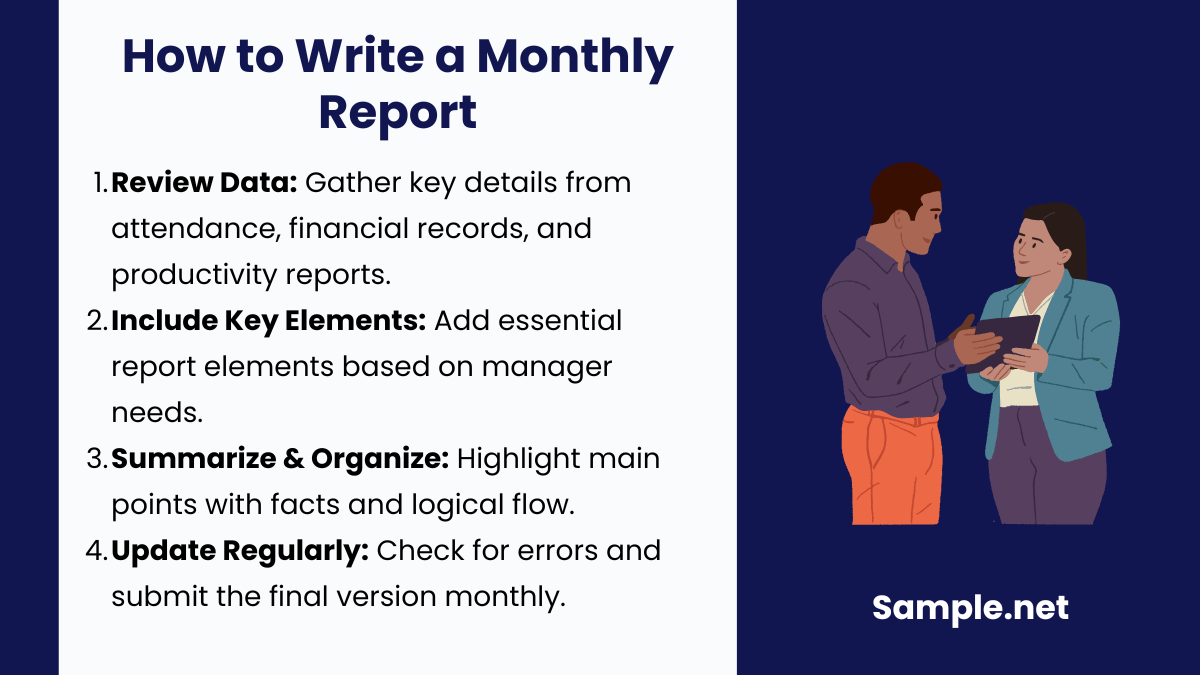
You already know the monthly report’s elements, importance, and even its definition. Now apply what you learned further by actually making the report itself. To do that, you need to start downloading one of our sample monthly report templates. You can customize your preferred template and tailor the report to your management or business needs. And to write the monthly report excellently, please follow these four simple steps:
Step 1: Review Data from the Previous Weeks
You need to study and review the previous weeks’ data. And those details should cover a whole month. Data may come from employee attendance, financial records, and other references where some information will be needed to write the monthly report. After studying, list down the essential details. An example is to record each employee’s productivity scores, hours spent at work, and more. And the significant parts will be transferred to the template of your choice.
Step 2: Insert the Monthly Report’s Elements
Can you still remember the many elements of a monthly report discussed earlier? Don’t forget to include them in your monthly report. Such elements make up a complete monthly report anyway. However, you should know what to prioritize. Base on what your manager needs to report or whatever is necessary to cover in your job description. Maybe you don’t need to add reference pages or assurance statements if they are not part of your organization’s rules.
Step 3: Summarize and Organize All Info
Learn from the executive summary where summarizing should be taken seriously. You don’t need to add lengthy irrelevant details in the report anyway since the main takeaways are the ones essential to incorporate. Maybe if you run a competitive social media network, it becomes a problem when you find out that Facebook remains the world’s biggest social network. In your report’s challenges, don’t just say Facebook is number one without proof. Add facts like how records show Facebook has 2.7 billion monthly active users. Most importantly, organize the details. Know how to sequence the elements because you wouldn’t just begin with the conclusion before the introduction.
Step 4: Update the Report Regularly
Writing a monthly report is not a one-time basis only. It should be done per month, as its name suggests. Hence, you should update the report regularly if you are assigned for that monthly task. Watch out for possible errors because there would be conflicts if reports were left mistaken. And once you are happy with how the monthly report turns out, submit it to the supervisor. You can also see more on Monthly Business Report.
FAQs
How many pages does a monthly report have?
A monthly report’s general format has one or two pages long. Pages may be longer if other additional files are submitted, like bar graphs, charts, and progress.
When do you submit monthly reports?
The date to submit a monthly report depends on the supervisor. But generally, a monthly report is submitted one week after the end of the month. You can also see more on Monthly Progress Report.
What is a monthly status report?
The monthly status report is an official document made every month that details a project’s progress to particular stakeholders. The report also summarizes the month’s significant highlights and activities that bring impact to the project.
What are the most common challenges in creating a monthly report?
Common challenges include data collection delays, miscommunication, data errors, and difficulty presenting information clearly. To overcome these, use collaborative tools, ensure consistent data sources, and employ data visualization.
How do monthly reports contribute to better decision-making?
Monthly reports provide data-driven insights into a company’s performance. By highlighting trends, issues, and opportunities, stakeholders can make informed decisions to improve operations and meet strategic goals. This clarity enables proactive planning and faster issue resolution.
What should be included in a monthly report?
A monthly report should include an introduction, objectives, key metrics, project updates, challenges, financial updates, and recommendations for the next month. You can also see more on Monthly Meeting Minutes.
